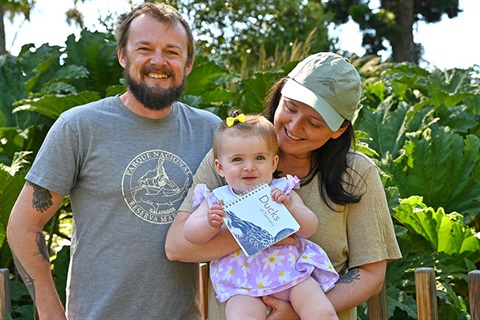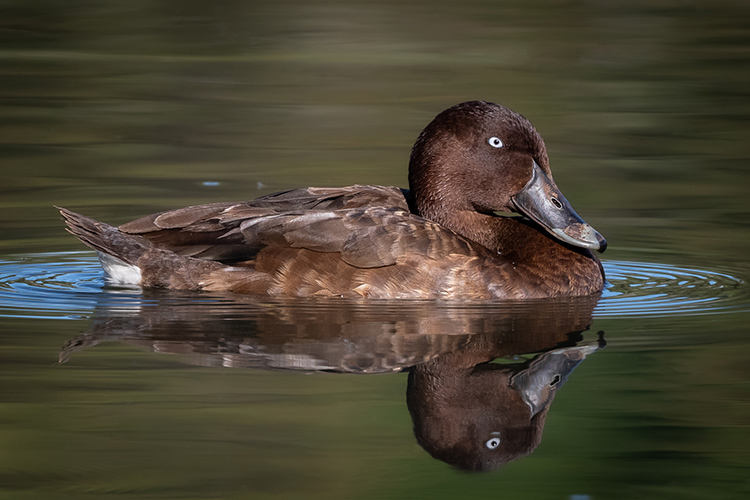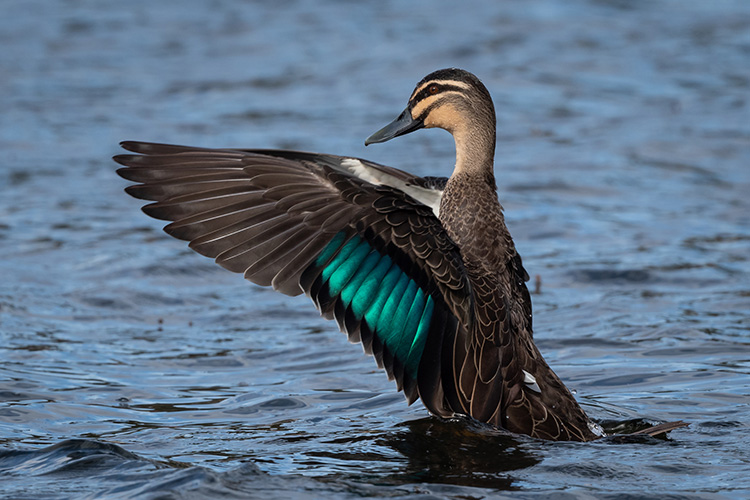
Did you know that feeding Hobart’s native ducks can put them in peril?
So many families have wonderful childhood memories of feeding ducks, but we now know that human food harms them.
However, we can still create lovely memories by becoming duck 'twitchers' instead of duck feeders with the help of a handy and easy-to-read new booklet called Ducks of Tasmania.
This beautifully illustrated publication has been created to help people identify ducks in Tasmania and learn a bit about their diets, antics and how to keep them safe and healthy.
It is available at selected councils in southern Tasmania, including at the City of Hobart's Customer Service Centre – 16 Elizabeth Street, Hobart.
A joint project between BirdLife Tasmania, the Pacific Black Duck Conservation Group, Greater Hobart councils and the Derwent Estuary Program, the booklet is expected to bring great joy to people venturing on walks around Tasmania.
"We wanted to create something easy to carry and read for duck lovers," says Ursula Taylor, CEO of the Derwent Estuary Program.
"With beautiful illustrations by Hobart-based artist Sam Lyne, the booklet will help people easily identify ducks.
"We have 11 native ducks in Tasmania, many of whom are regular visitors to the Derwent Estuary. We wanted to share how we can enjoy seeing them without harming their welfare."

Hardhead male (Photo: Helen Cunningham)
BirdLife Tasmania's convenor Karen Dick says many people don't realise that feeding ducks is seriously impacting our native species.
"Feeding ducks any food can cause illnesses, pollute waterways where large numbers of ducks congregate and can attract rodents," she says.
"We're encouraging people to make the switch and become duck twitchers of the Derwent, rather than duck feeders."
Mallards moving in on our ducks
The only ducks in Tasmania that benefit from people feeding them are introduced mallard ducks.
Native to the Northern Hemisphere mallards have been introduced around the world as livestock for their meat and eggs as well as being kept as pets.
Mallards are bigger and more aggressive than Tasmania's native ducks, and when there is stable food and water sources available to them, such as bread, lettuce, oats and tubs of water, their numbers can explode.
 Pacific black duck (Photo: Helen Cunningham)
Pacific black duck (Photo: Helen Cunningham)This is terrible news for our smaller, more timid native ducks. It doesn't take long for mallards to push out the smaller natives, who can't compete with the size and numbers of mallard ducks.
While some of the mallards in Hobart may be escapees, the majority have been illegally dumped.
"We'd hate to see the Pacific black duck driven out of the Derwent due to cross breeding, which is happening in other places such as Macquarie, Lord Howe and Norfolk islands," says Karen.
Ursula echoes the importance of native ducks being able to consume their own specialised diets, which they rely upon for essential nutrients.
"Watching them dabble and dive for their healthy food sources is a far more enjoyable way to celebrate our ducks and contribute to their wellbeing."
Pick up your copy of Ducks of Tasmania at participating councils including City of Hobart, Glenorchy, Clarence, Kingborough, Brighton, Derwent Valley, Huon Valley and Sorell.
This project received grant funding from WIRES through its annual National Grants Program.